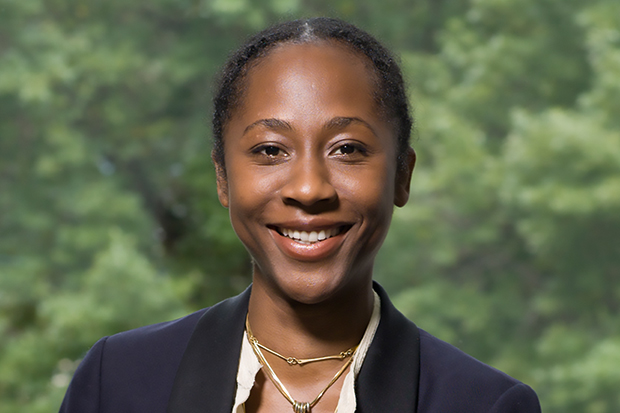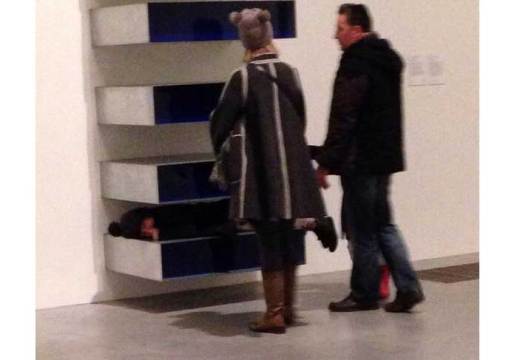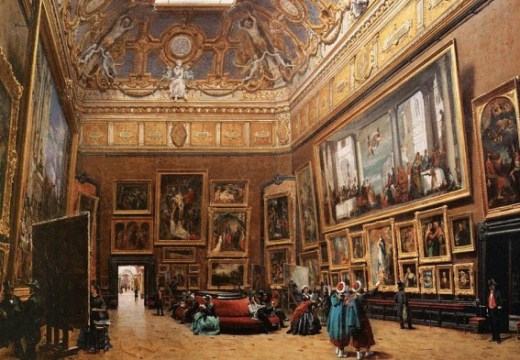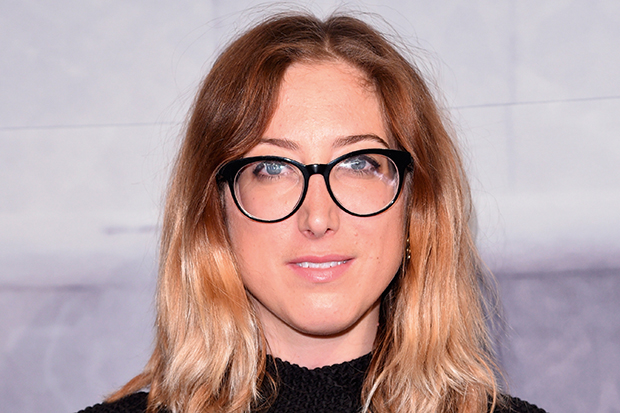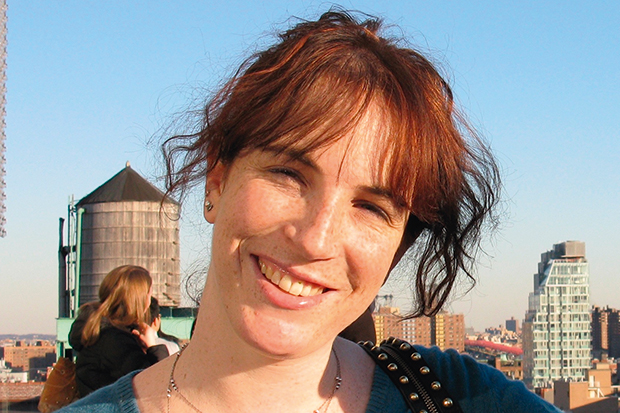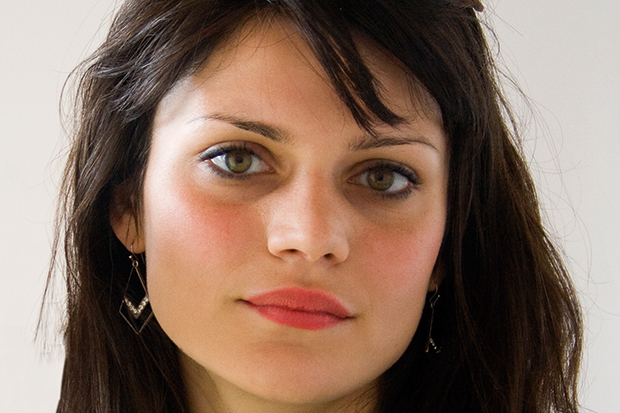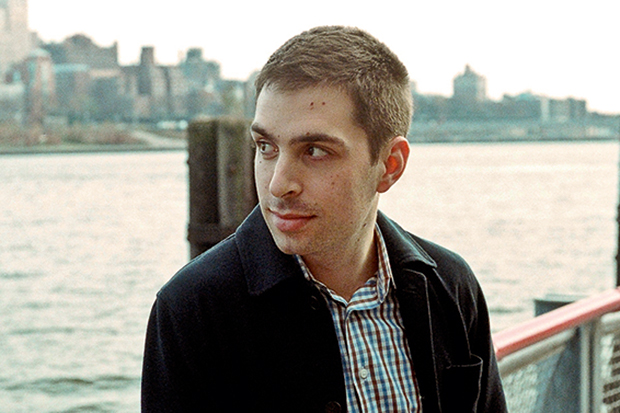Naomi Beckwith recalls her route into the art world as ‘a long, strange trip’. Now a curator at the Museum of Contemporary Art (MCA) in her native Chicago, she went to university in the 1990s to become a doctor. ‘I found myself working at the student-run art gallery the entire time,’ she recalls, ‘but not really thinking it was a viable option for a career until very late.’ It was in 1992 that she first encountered the city’s art scene as a student assistant to conceptual artist Mark Dion, then participating in the community-based project Culture in Action. ‘I was brought on as a science nerd, but I realised that I’d had an amazing introduction to contemporary art which I picked up in earnest when I went to grad school.’
Following an MA at the Courtauld Institute, London, Beckwith returned to the States, where she landed a fellowship in 2005 at the Institute of Contemporary Art (ICA) in Philadelphia. Her early projects included ‘Locally Localized Gravity’ (2007), encompassing 100 artists, musicians, writers and other creative individuals from across the city. It was in Philadelphia that she developed an enduring awareness that ‘you need to be able to translate what happens in the studio – and oftentimes what’s even just happening in the artist’s head – to a public that may not speak the same language.’
In a subsequent stint at the Studio Museum in Harlem, Beckwith was instrumental in the organisation, in 2010, of a solo exhibition by Lynette Yiadom-Boakye – then a virtual unknown, now one of the world’s most feted young painters. Beckwith’s friendship with the artist represents ‘one of the joys of working in contemporary art: you are there when an idea is incubating, when things are happening. And of course, it’s always a joy to find somebody brilliant in the opening phases of their career.’ How does that process of finding brilliance, or judging quality, take place? ‘It’s very subjective,’ she admits. ‘But I look for originality of voice, consistency of voice. The artist may not have seen certain similarities themselves. I value seeing a continuity – not necessarily an obvious one, but an aesthetic hand. The value of working with good artists is that they improve me as an art historian.’
Beckwith’s current exhibition, ‘The Freedom Principle’, which opened in July, is historically grounded in the art and music that flourished in Chicago in the 1960s. ‘It’s a show that allows me to think back on the legacy I’ve inherited as a woman born and raised in Chicago,’ she says, ‘and a way for me to think seriously about that social moment that engendered experimentation. I could attach an aesthetic practice to a social practice.’ It is also a show that reflects the workings of today’s international art world, where phenomena emerge locally before achieving a global impact. Beckwith observes that: ‘The wonderful thing about this contemporary moment is that it’s global. No one can ignore what’s happening internationally. You see this in “The Freedom Principle” – a noticing of Chicago among international artists.’
Beckwith is adamant that an awareness of the art of the past – something she garnered from studying art history – is a crucial part of the curator’s role. ‘Any artist who’s intelligent, and most artists are, isn’t looking solely at history and precedent,’ she argues. ‘So it becomes my responsibility to tease out those things that artists may have found influential, which isn’t to say that all art is derivative, but nothing comes out of a vacuum. Everything has some kind of lineage.’
I ask if she can conceive of doing something entirely different with her life – perhaps the medical career she originally planned – and she laughs. ‘Would you go back to the person you imagined yourself to be beforehand? There’s something so fulfilling about art for me now, that I can’t imagine going back to that woman. I still love the sciences, I have a broad interest in the world, but the most useful place for me, still, is the art world.’
James Cahill
Unlimited access from just $16 every 3 months
Subscribe to get unlimited and exclusive access to the top art stories, interviews and exhibition reviews.

